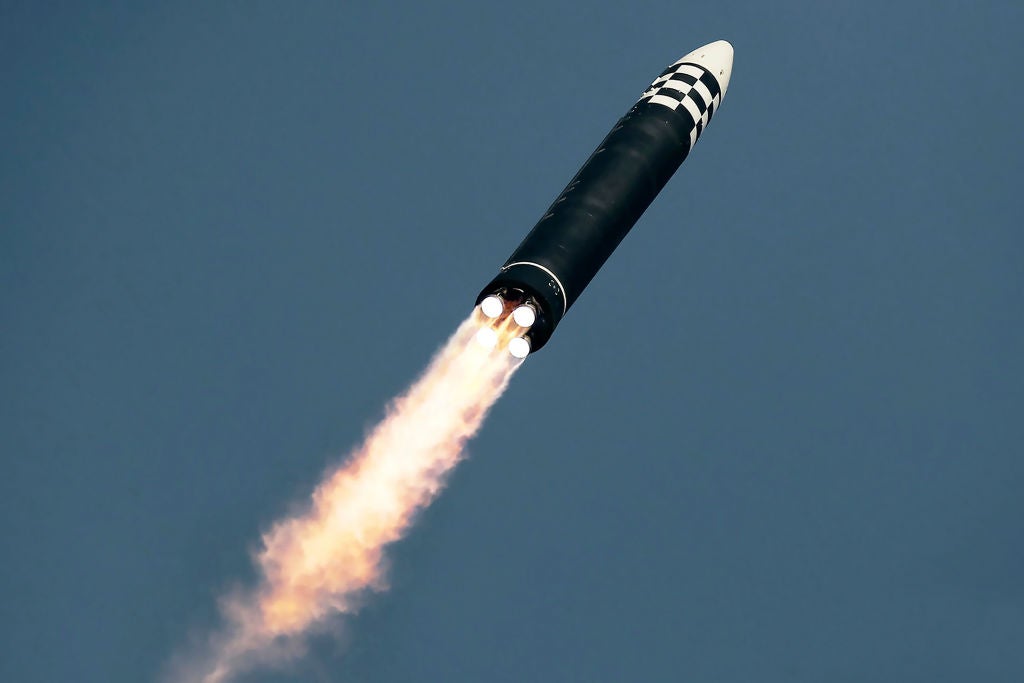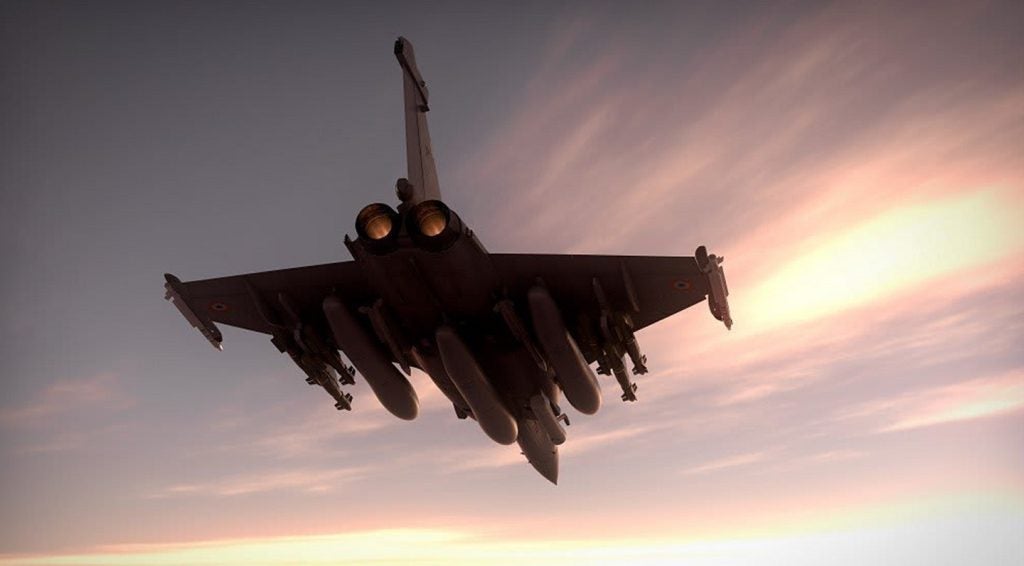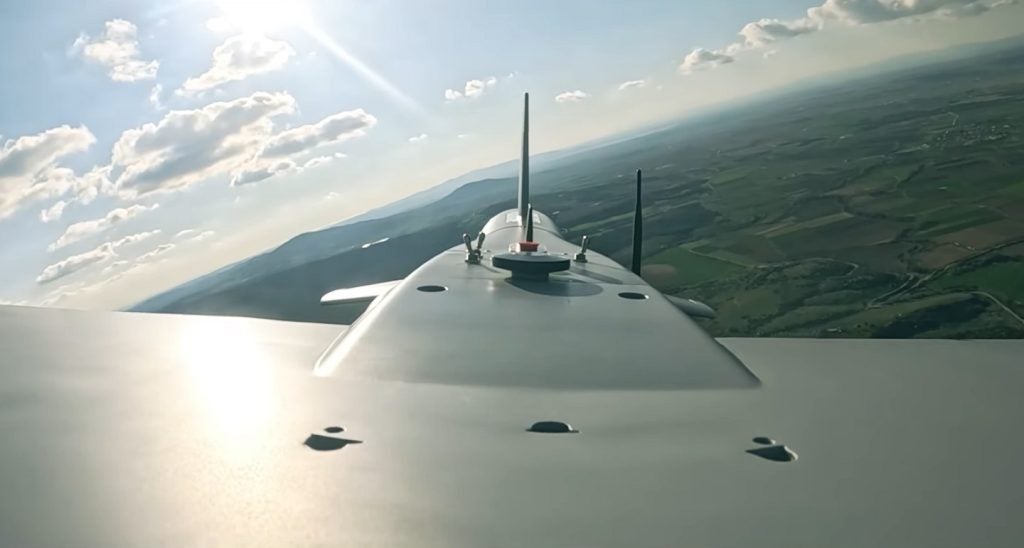
During testimony at the US Strategic Forces Subcommittee of the House Armed Services Committee on 18 April, John D Hill, deputy assistant-secretary of defence for Space and Missile Defence, provided a detailed account of missile threats posed by adversaries. He also discussed the countermeasure steps taken by the Department of Defense (DoD) to address these threats.
Hill emphasised that international missile defence collaboration involves the establishment of testing and training programmes with global allies and partners, as well as providing support through the sale of equipment.
The DoD is asking for $259m towards the development of hypersonic missile defence sensors and the creation of a glide phase interceptor. It also seeks the acquisition of the Standard Missile 3, Terminal High Altitude Area Defence and Patriot PAC-3 interceptors, requiring $2.2bn.
The DoD is seeking a budget of $3.3bn to enhance the Ground-based Midcourse Defence system, which is crucial for safeguarding the continental US. Out of this amount, $2.2bn has been allocated for the development of the Next Generation Interceptor.
How well do you really know your competitors?
Access the most comprehensive Company Profiles on the market, powered by GlobalData. Save hours of research. Gain competitive edge.

Thank you!
Your download email will arrive shortly
Not ready to buy yet? Download a free sample
We are confident about the unique quality of our Company Profiles. However, we want you to make the most beneficial decision for your business, so we offer a free sample that you can download by submitting the below form
By GlobalDataThe DoD is requesting $1.5bn for the defence of Guam, which is an increase of more than $600m from last year’s request. Hawaii’s defence is set to receive a boost with a proposed investment of $64m. The funds will be allocated towards enhancing air surveillance and other capabilities.
See Also:
Numerous requests have been made for technological advancements. The government was asked for $423m to sustain the deployment of over-the-horizon radars. The government was also asked for $5bn towards the modernisation of space capabilities, which will include the development of new missile warning systems, missile tracking technologies and next-generation overhead persistent infrared architectures.
The testimony also described the request for a budget of $1.5bn to address the issue of lower-tier missile threats and $308m towards the development of directed energy technology.
Missile threat environment
Hill went on to testify to the committee on the missile threat environment posed by China, Russia, Iran and North Korea.
China has been actively working on the development, testing and deployment of advanced missile systems across various classes and ranges over the course of the past year. Hill described the ballistic missiles launched by the country as part of an effort to intimidate and showcase its ability to forcefully unify with Taiwan.
With regard to the ongoing conflict in Ukraine, the barrage of missile strikes from Russia is intended to instil fear among the Ukrainian population and weaken their ability to engage in combat.
“Missile defence is a notable element of our $35bn of support to Ukraine since Russia’s further invasion last year,” Hill said. “Ukraine endures today as a sovereign and free nation in large part because it made air and missile defence top priorities as it leveraged extensive assistance from the United States, our Nato allies and many others.”
According to Hill’s testimony, Iran has carried out missile attacks on neighbouring countries and supplied non-state actors with rockets and unmanned aerial systems, which have been used to target US forces and partners.
North Korea recently exhibited a variety of missile systems, which included 11 intercontinental ballistic missiles. Additionally, the country conducted another ICBM test last week. As part of a comprehensive missile defeat approach, the department is making improvements to its ground-based midcourse defence system to stay ahead of the threat posed by North Korea, according to a statement made by an official.
“Missiles have become foundational to our adversaries’ way of war and missile defence has become foundational to integrated deterrence and defence of the nation,” said Hill. “To that end, the best thing Congress can do to support the warfighter is pass on-time the Defense and Military Construction Appropriations Act.”






